Search Images
Browse Content (p. 1118)

Image
Mesrop Mashtots
An 18th century CE painting by Francesco Majotto of Mesrop Mashtots (360/370 - c. 440 CE), the inventor of the Armenian alphabet in 405 CE.
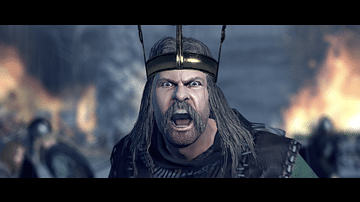
Image
Flann Sinna
An artist's impression of Flann Sinna (r. 879-916 CE) in battle, a High King of Ireland from the Kingdom of Mide. (From the PC game Total War: Thrones of Britannia by the Creative Assembly)
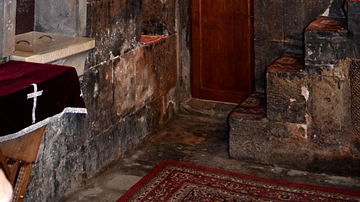
Image
Interior of St. Astvatsatsin Church at Khor Virap
This is a photograph of the interior of the St. Astvatsatsin Church, which was built in the 1660s CE. Khor Virap is an ancient Armenian monastery located near the border with Turkey some 8 km (5 mi) from the town of Artashat, Armenia.
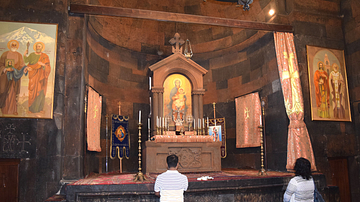
Image
Interior of St. Astvatsatsin Church at Armenia's Khor Virap Monastery
This is the interior of the St. Astvatsatsin Church, which was built in the 1660s CE. Khor Virap is an ancient Armenian monastery located near the border with Turkey some 8 km (5 mi) from the town of Artashat, Armenia.
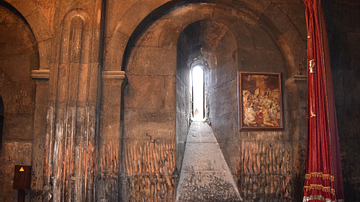
Image
Interior of St. Astvatsatsin Church at Khor Virap Monastery
This is the interior of the St. Astvatsatsin Church, which was built in the 1660s CE. Khor Virap is an ancient Armenian monastery located near the border with Turkey some 8 km (5 mi) from the town of Artashat, Armenia.
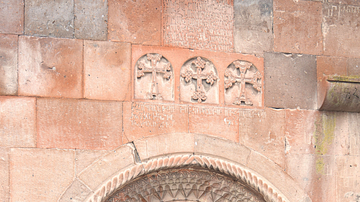
Image
Entrance to the Armenian Khor Virap Monastery
Entrance to the Khor Virap Monastery, which is located near the border with Turkey some 8 km (5 mi) from the town of Artashat, Armenia. It is one of the most visited and sacred sites in Armenia.
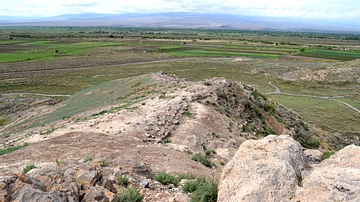
Image
Ancient Artashat or "Artaxiasata" in Armenia
The hills surrounding Khor Virap Monastery once contained the important, early Armenian capital of ancient Artashat or "Artaxiasata." This city was built by King Artaxias I (r. c. 190-159 BCE) — the founder of the Artaxiad dynasty — in c...
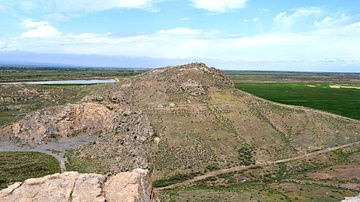
Image
Hills of Ancient Artashat
The hills surrounding Khor Virap Monastery used to contain the important, early Armenian capital of ancient Artashat or "Artaxiasata." This city was built by Artaxias I (r. c. 200 - c. 160 BCE) — the founder of the Artaxiad dynasty — in c...
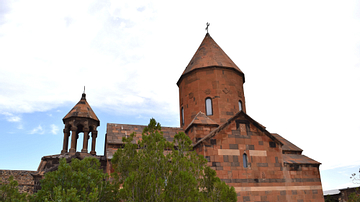
Image
View of St. Astvatsatsin Church at Khor Virap Monastery
The St. Astvatsatsin Church was built in the 1660s CE, and its design is typical for Armenian churches of that era. Khor Virap is an ancient Armenian monastery located near the border with Turkey some 8 km (5 mi) from the town of Artashat...
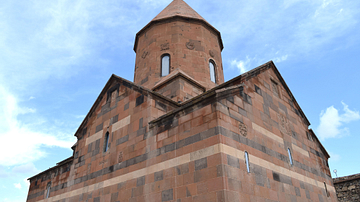
Image
St. Astvatsatsin Church at Khor Virap Monastery
Khor Virap is an ancient Armenian monastery located near the border with Turkey some 8 km (5 mi) from the town of Artashat, Armenia. Legend has it that St. Gregory the Illuminator (c. 257-c. 331 CE) was imprisoned here for 14 years by Tiridates...